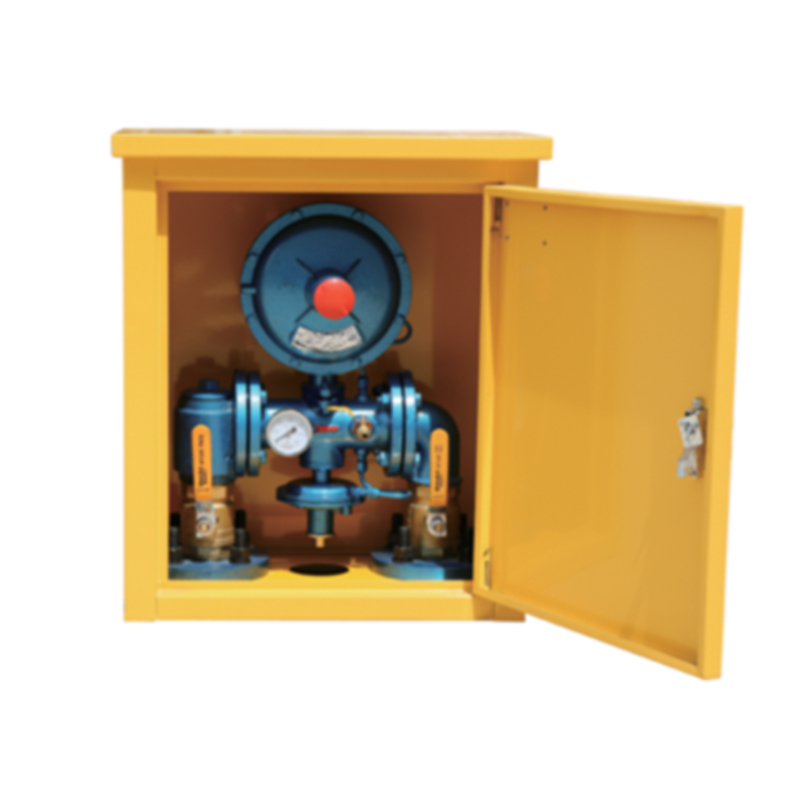
Nov . 16, 2024 12:16
Back to list
مخفض الضغط
Understanding Pressure Relief Valves A Key Component in Safety Systems
Pressure relief valves (PRVs) play a critical role in various industrial applications, safeguarding equipment and ensuring the safety of operations. These devices are designed to release excess pressure that can build up in systems, preventing potential failures or catastrophic incidents. Understanding the principles, types, and applications of pressure relief valves is essential for anyone involved in engineering, manufacturing, or process management.
What is a Pressure Relief Valve?
A pressure relief valve is a mechanical device that automatically releases excess pressure from a system or vessel when it exceeds a predetermined limit. They are crucial in avoiding unsafe conditions that could result from overpressure situations, such as explosions or equipment failures. PRVs are commonly used in industries such as oil and gas, chemical manufacturing, power generation, and water treatment.
How Do Pressure Relief Valves Work?
The basic principle of a pressure relief valve revolves around a spring-loaded mechanism. When the pressure in the system exceeds the set pressure of the valve (also known as the setpoint), the force exerted by the fluid overcomes the spring force holding the valve closed. This action causes the valve to open, allowing the fluid to escape and thus relieving the pressure. Once the pressure falls below the setpoint, the spring force closes the valve, sealing the system again.
Types of Pressure Relief Valves
There are several types of pressure relief valves, each designed for specific applications
1. Conventional Relief Valves These are often used in gas applications and operate by opening fully when set pressure is exceeded, allowing for a rapid release of pressure.
.
3. Pilot-Operated Relief Valves These valves use a smaller pilot valve to control a larger main valve. They provide a high capacity for pressure release and are suitable for high-pressure systems.
مخفض الضغط

4. Safety Relief Valves These are typically used in steam applications and are designed to prevent excess pressure by releasing steam automatically when needed.
Importance of Pressure Relief Valves
The significance of pressure relief valves in safety systems cannot be overstated. Overpressurization can lead to equipment damage, environmental hazards, and even loss of life. By ensuring that excess pressure is safely vented, PRVs protect not just the equipment but also the facility and its personnel.
1. Preventing Catastrophic Failures Pressure relief valves act as a last line of defense against catastrophic failures in pressure vessels and pipelines. By automatically venting excess pressure, they prevent structural failure.
2. Compliance with Regulations Many industries are required by regulations to incorporate pressure relief valves in their systems. Compliance ensures that operations meet safety standards set by governing bodies.
3. Cost Savings By preventing damage to equipment and avoiding production downtime due to pressure-related failures, PRVs can lead to significant cost savings in the long run.
Maintenance and Testing of Pressure Relief Valves
Regular maintenance and testing of pressure relief valves are essential to ensure their reliability and effectiveness. These valves can accumulate debris and corrosion over time, which can affect their performance. Routine inspections and testing help identify any potential issues and ensure that the valves will operate correctly when needed. Industry best practices recommend testing PRVs at least once a year or in accordance with regulatory requirements.
Conclusion
Pressure relief valves are indispensable components in maintaining safety and efficiency in various industrial applications. By understanding how these devices work, the types available, and their critical role in safety systems, professionals can better appreciate their importance and ensure that they are properly implemented and maintained. In an ever-evolving industrial landscape, prioritizing safety with effective pressure management systems is essential for protecting both personnel and equipment.
Latest news
-
Safety Valve Spring-Loaded Design Overpressure ProtectionNewsJul.25,2025
-
Precision Voltage Regulator AC5 Accuracy Grade PerformanceNewsJul.25,2025
-
Natural Gas Pressure Regulating Skid Industrial Pipeline ApplicationsNewsJul.25,2025
-
Natural Gas Filter Stainless Steel Mesh Element DesignNewsJul.25,2025
-
Gas Pressure Regulator Valve Direct-Acting Spring-Loaded DesignNewsJul.25,2025
-
Decompression Equipment Multi-Stage Heat Exchange System DesignNewsJul.25,2025

